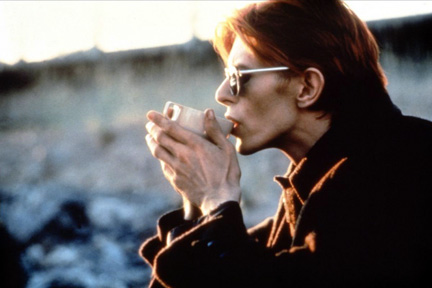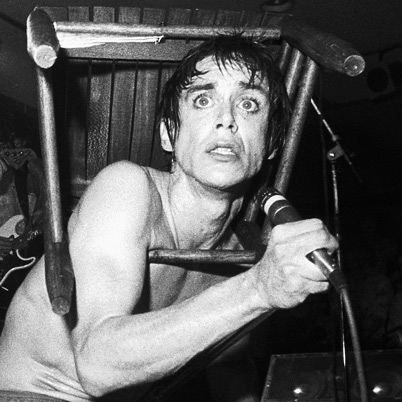“We like dancing and we look divine.”David Bowie, “Rebel Rebel”from Diamond Dogs, 1974Finally – Bowie. Forever Bowie. “Peace, peace! he is not dead, he doth not sleep….” I want to quote Mick Jagger (to be very specific about it) quoting Shelley (from Adonais –...

The Man Who Fell to Earth (Part 3 of 3)
read more


